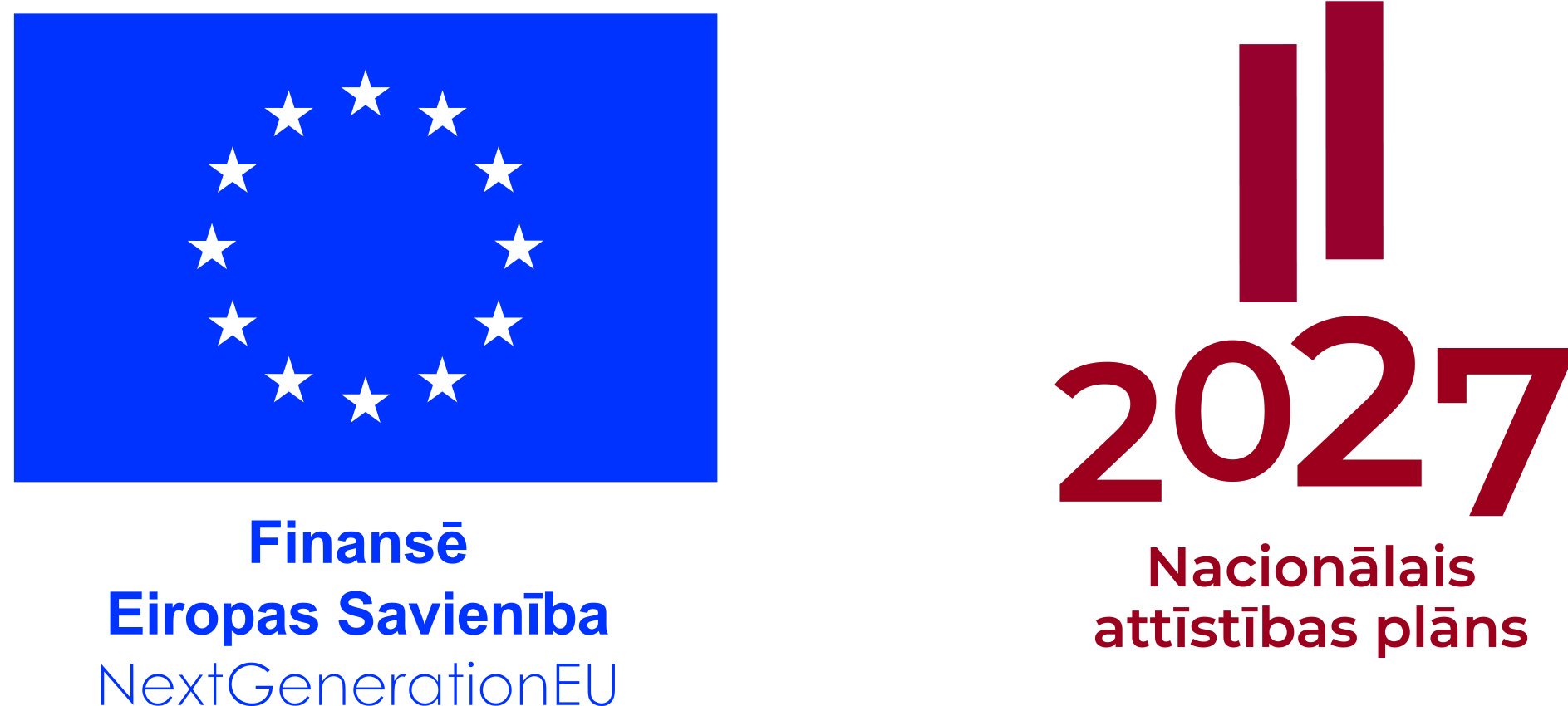European Union's Cohesion Policy Programme for 2021–2027, Activity 1.1.1.9 "Post-doctoral Research" of the Specific Objective 1.1.1 "Strengthening research and innovative capacities and introduction of advanced technologies in the common R&D system" of the research application No 1.1.1.9/LZP/1/24/047


The Project will last 36 months at the LSFRI "Silava", including at least 2 months of international mobility at the Forest mycology and plant pathology laboratory of Swedish University of Agricultural Sciences (SLU).
The total funding of the Project is 184,140 EUR.
The aim of the study is to identify fungal taxa associated with pests of the common pine insect order – Phaenops cyanea and Pissodes spp. based on internal transcribed spacer region (ITS) sequencing (metabarcoding).
The study falls under the priority area of RIS 3 (knowledge-based bioeconomy), which provides innovative solutions improving the competitiveness of forestry and mitigating the effects of climate change.
The main activities of the Study include:
- Collection of samples (larvae, larvae and adult specimens of P. cyanea and Pissodes spp.),
- The identification of the collected samples. Isolation of DNA and fungal cultures,
- Preparation and sequencing of sequencing libraries,
- Analysis of sequencing data,
- Preparation of manuscripts, participation in conferences,
- Public engagement and science communication.
By completing these phases, the following expected results will be achieved:
- 2 scientific publications prepared;
- Complete information on the mycobiome of P. cyanea and Pissodes spp., with particular attention to Ophiostomataceae fungi, associated with the blue pigmentation of wood as well as other potentially pathogenic fungal species;
- New data on entomopathogenic fungi in P. cyanea and Pissodes spp. populations with the prospect of developing natural pest control methods;
- Improvement of post-doctoral skills, knowledge and skills in both scientific methodologies and science communication. These competencies will be developed through experiments, consultation with local and foreign specialists, as appropriate, and scientific communication through participation in scientific communication activities.
Actualities